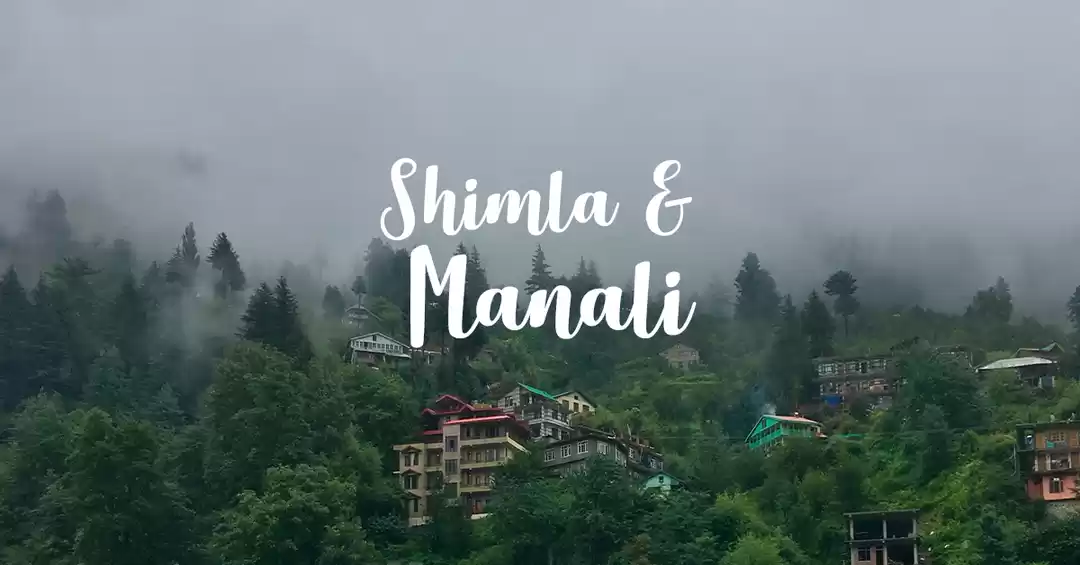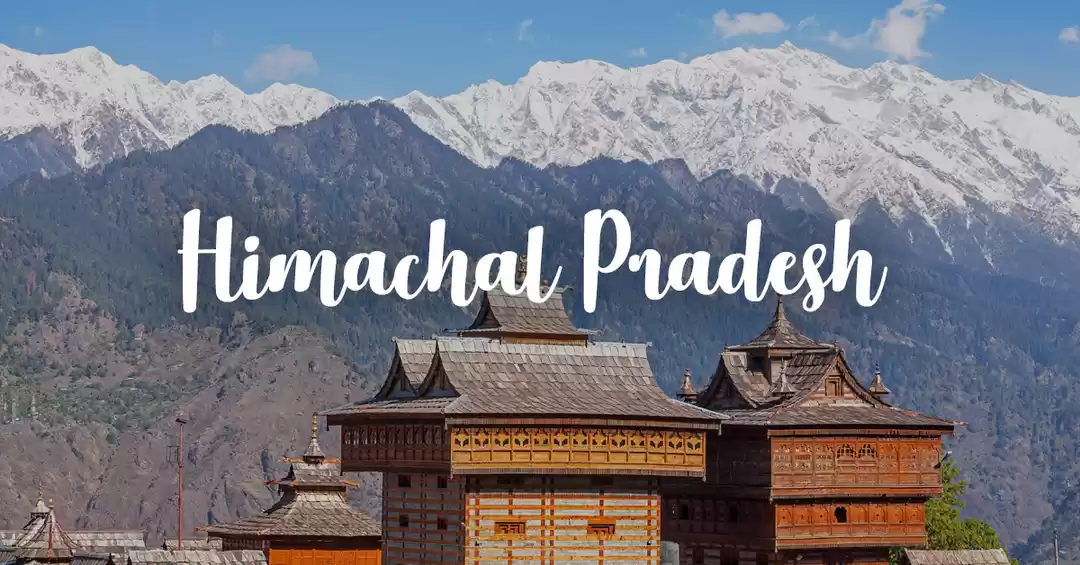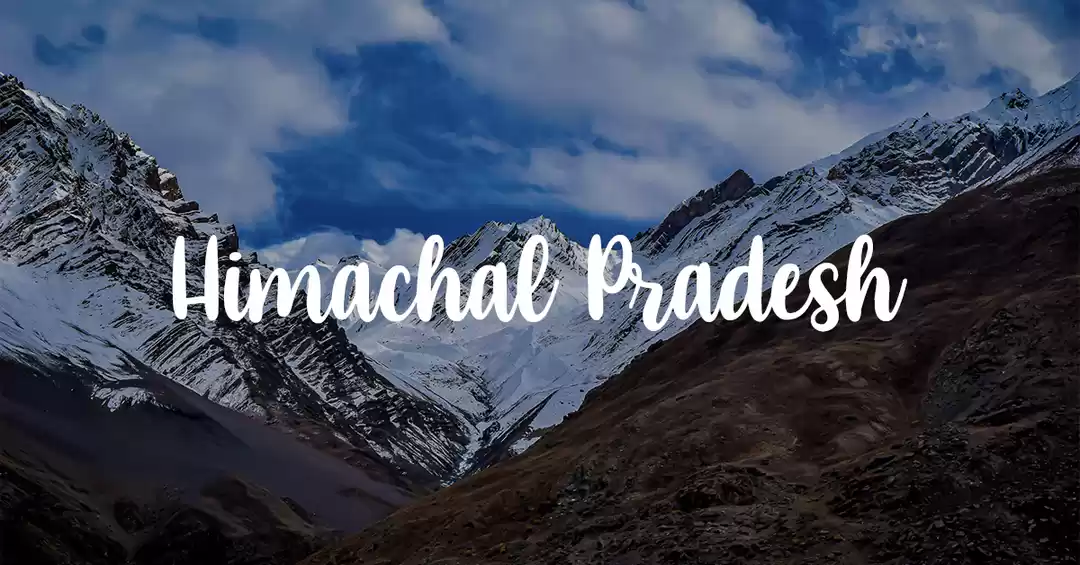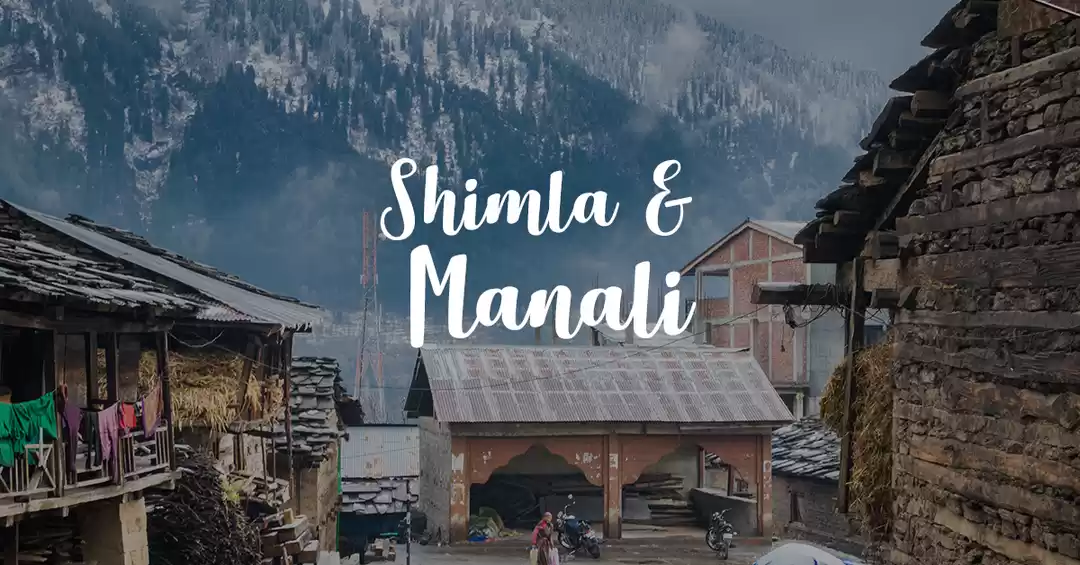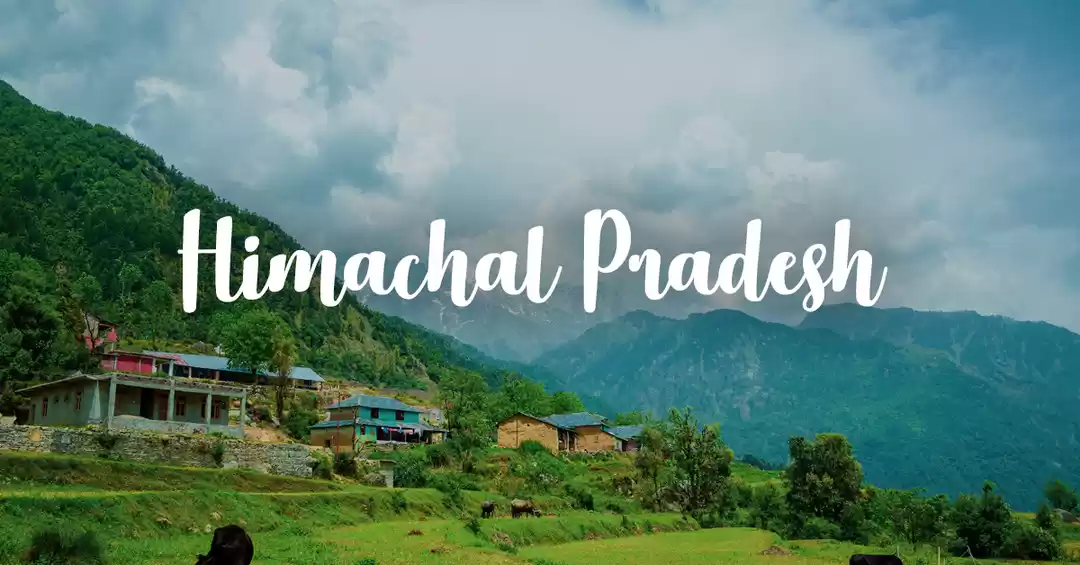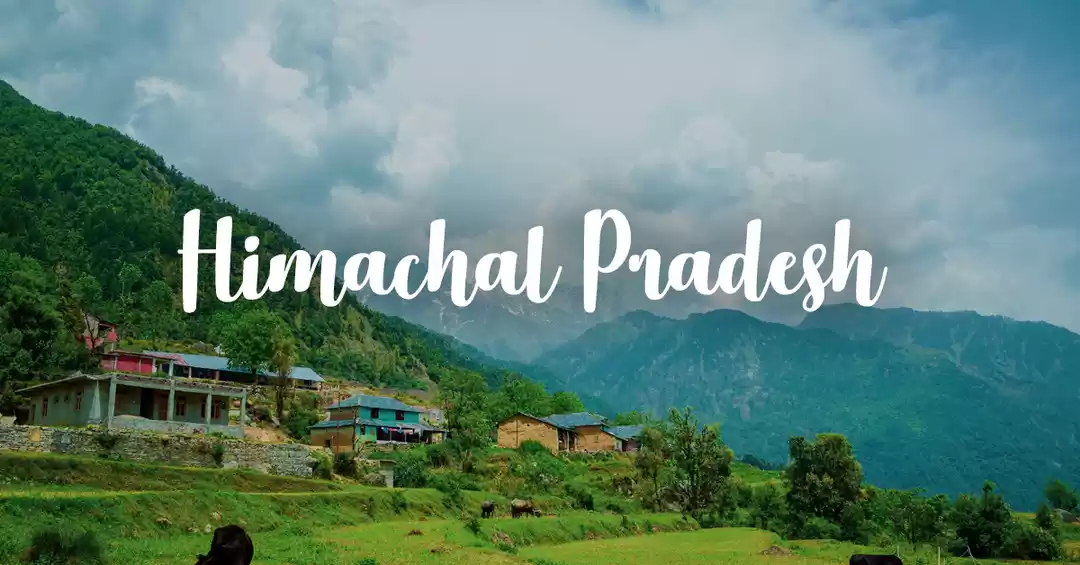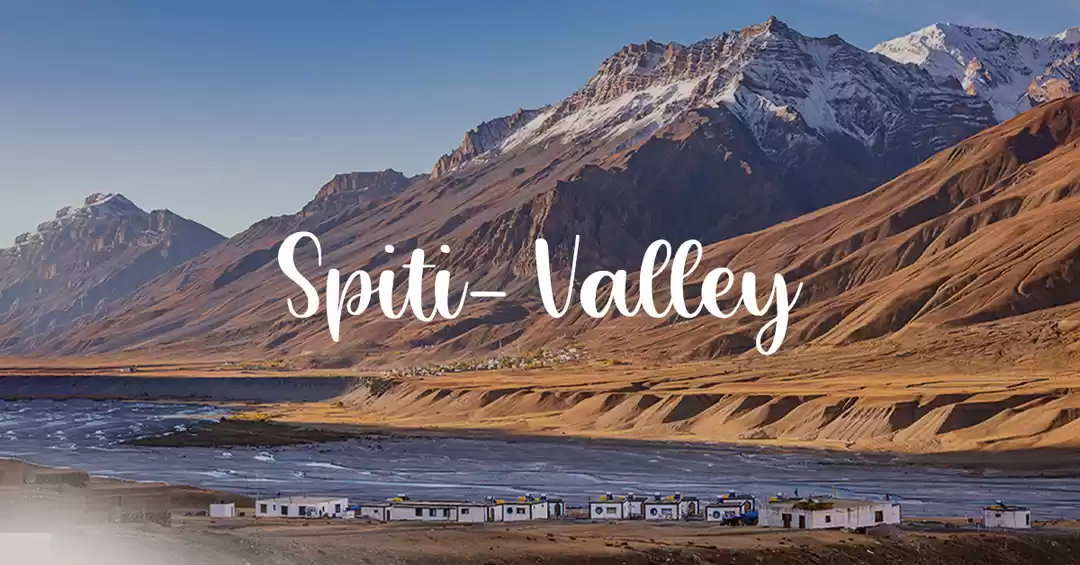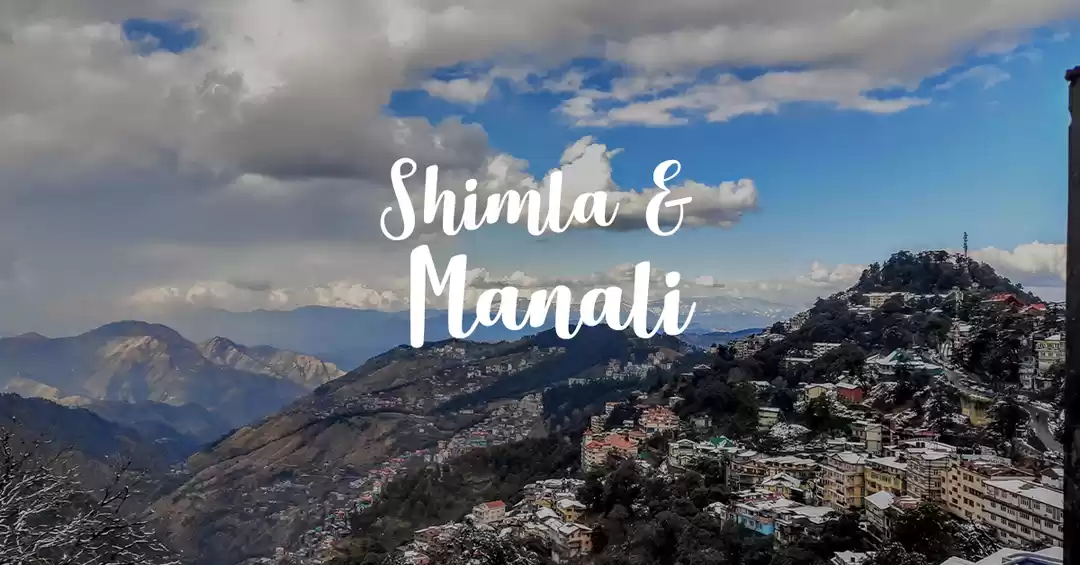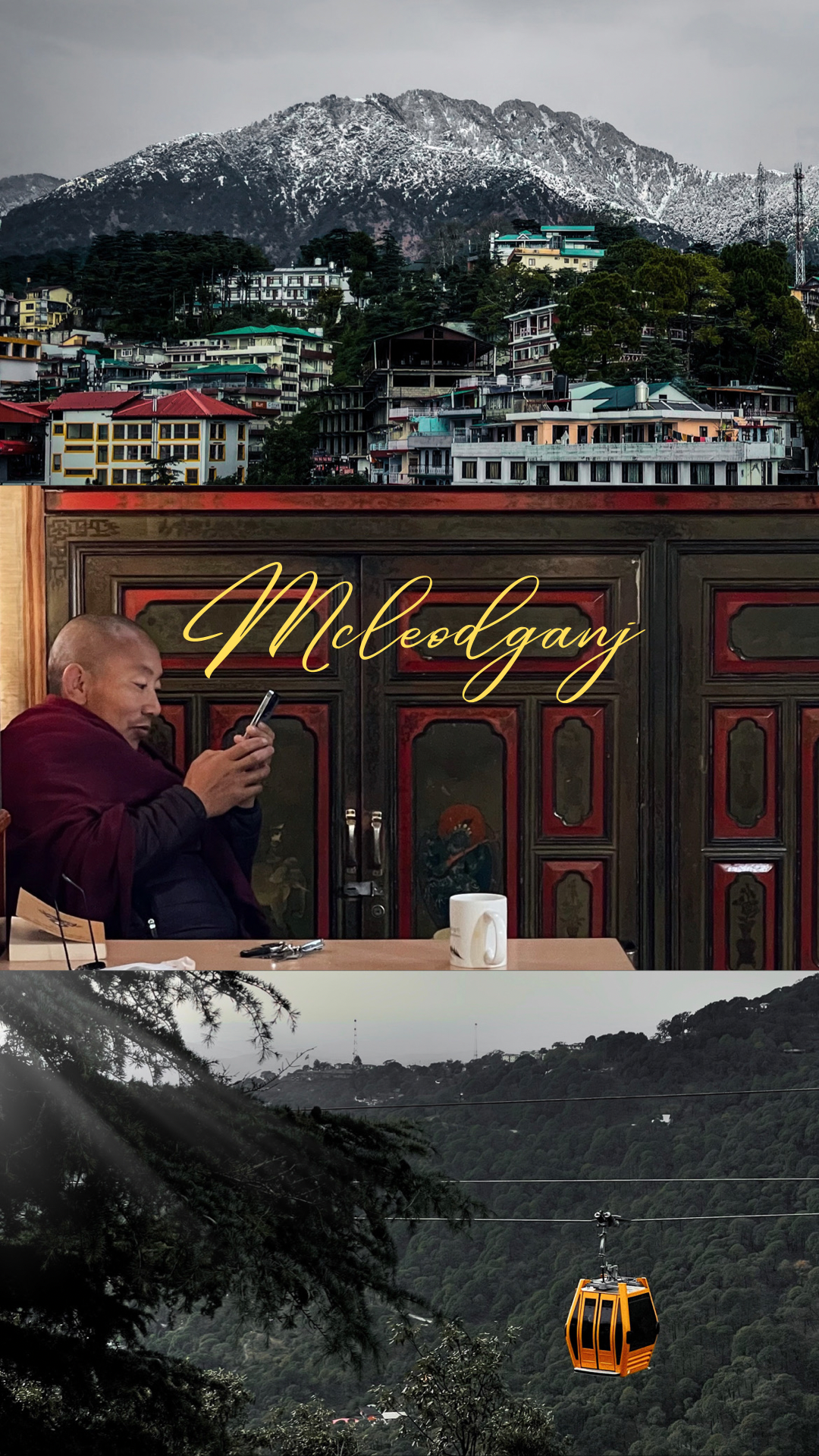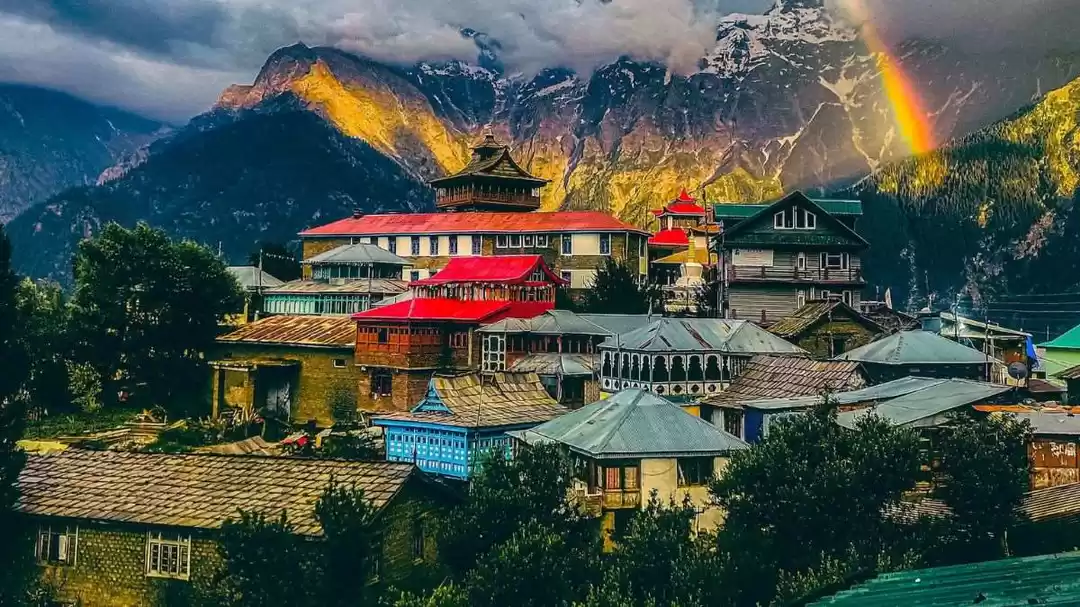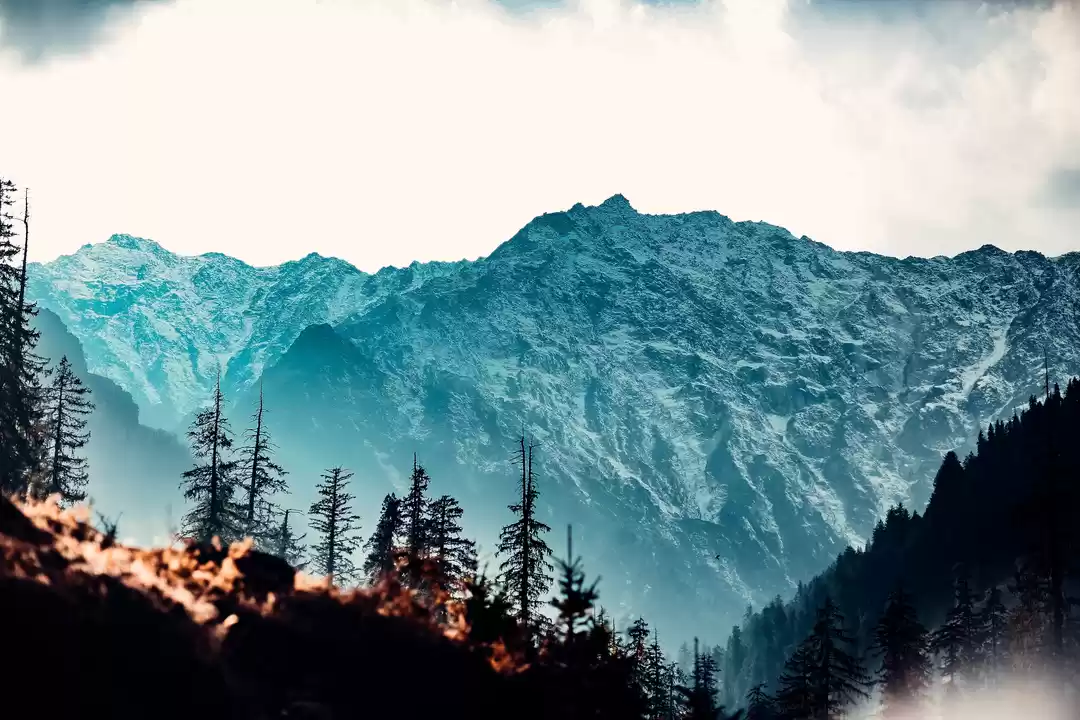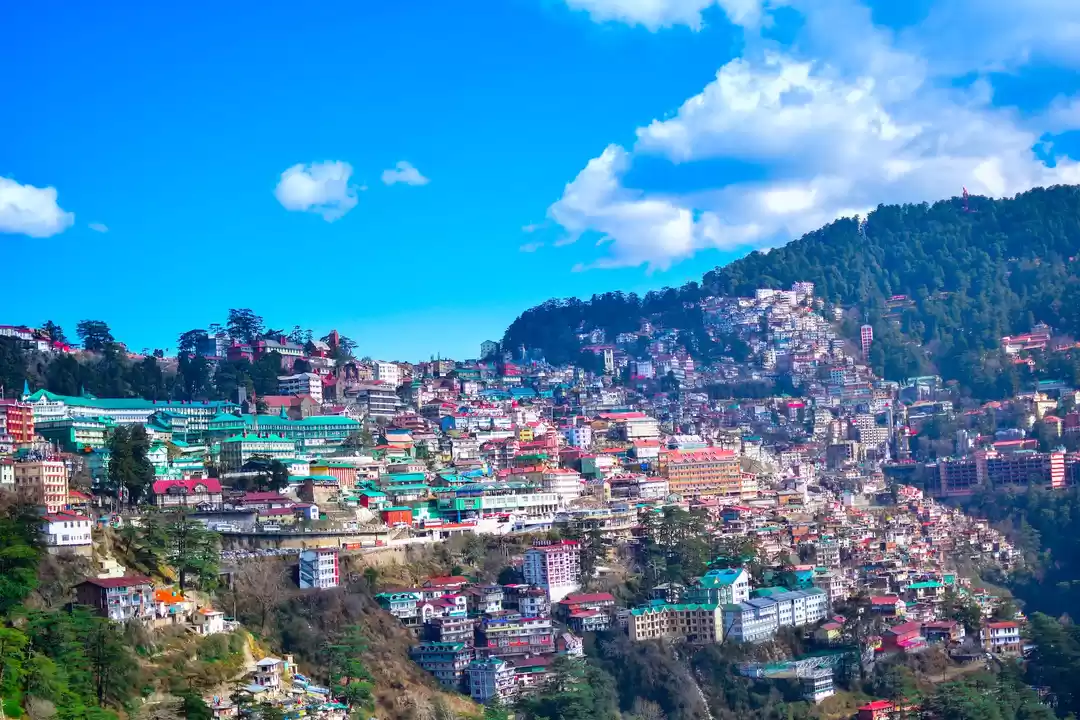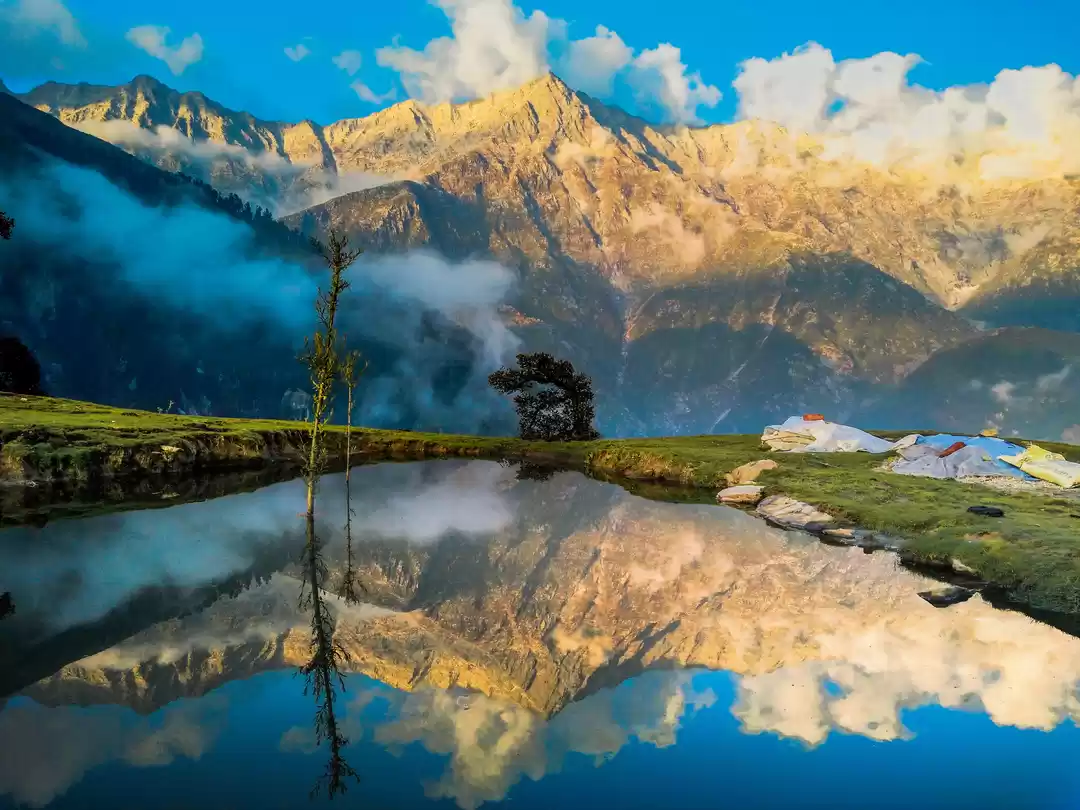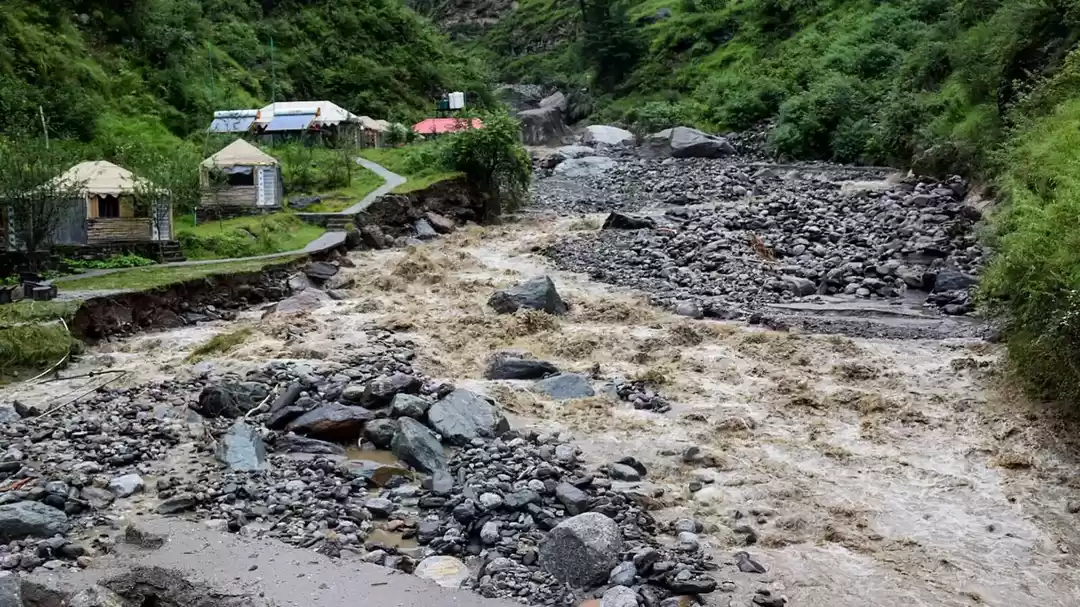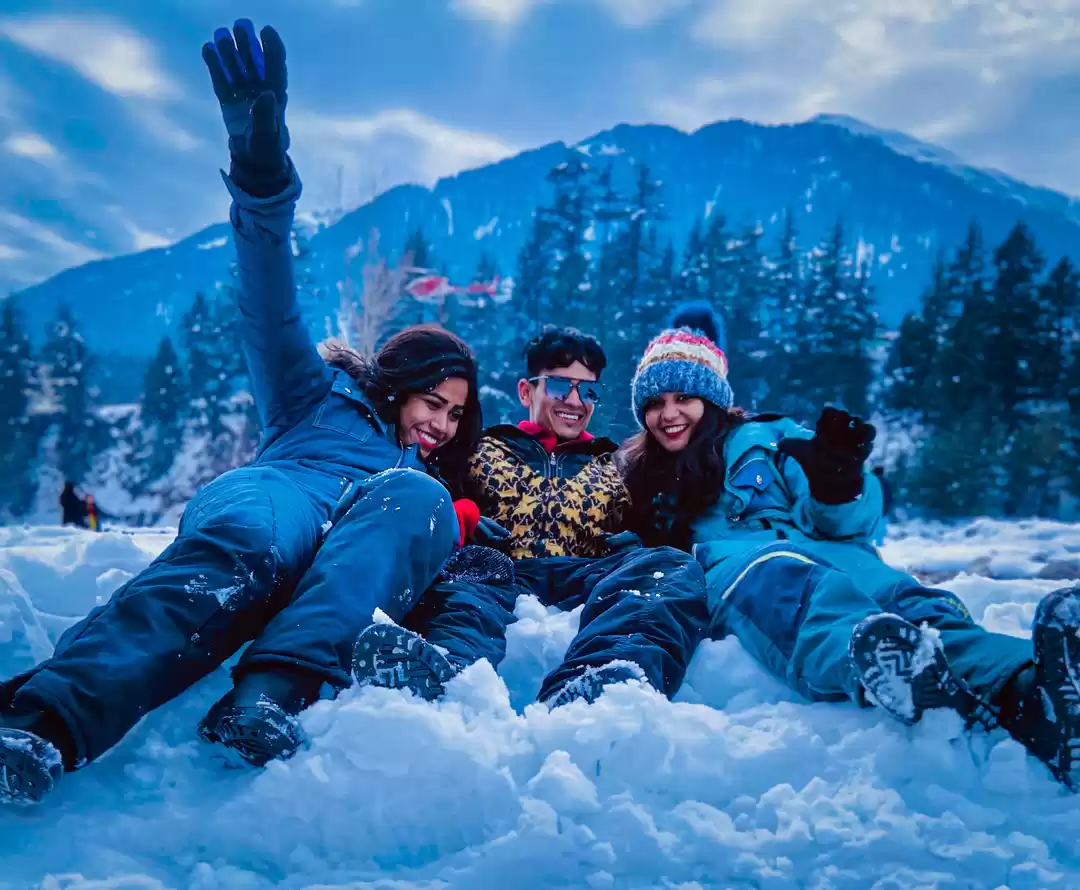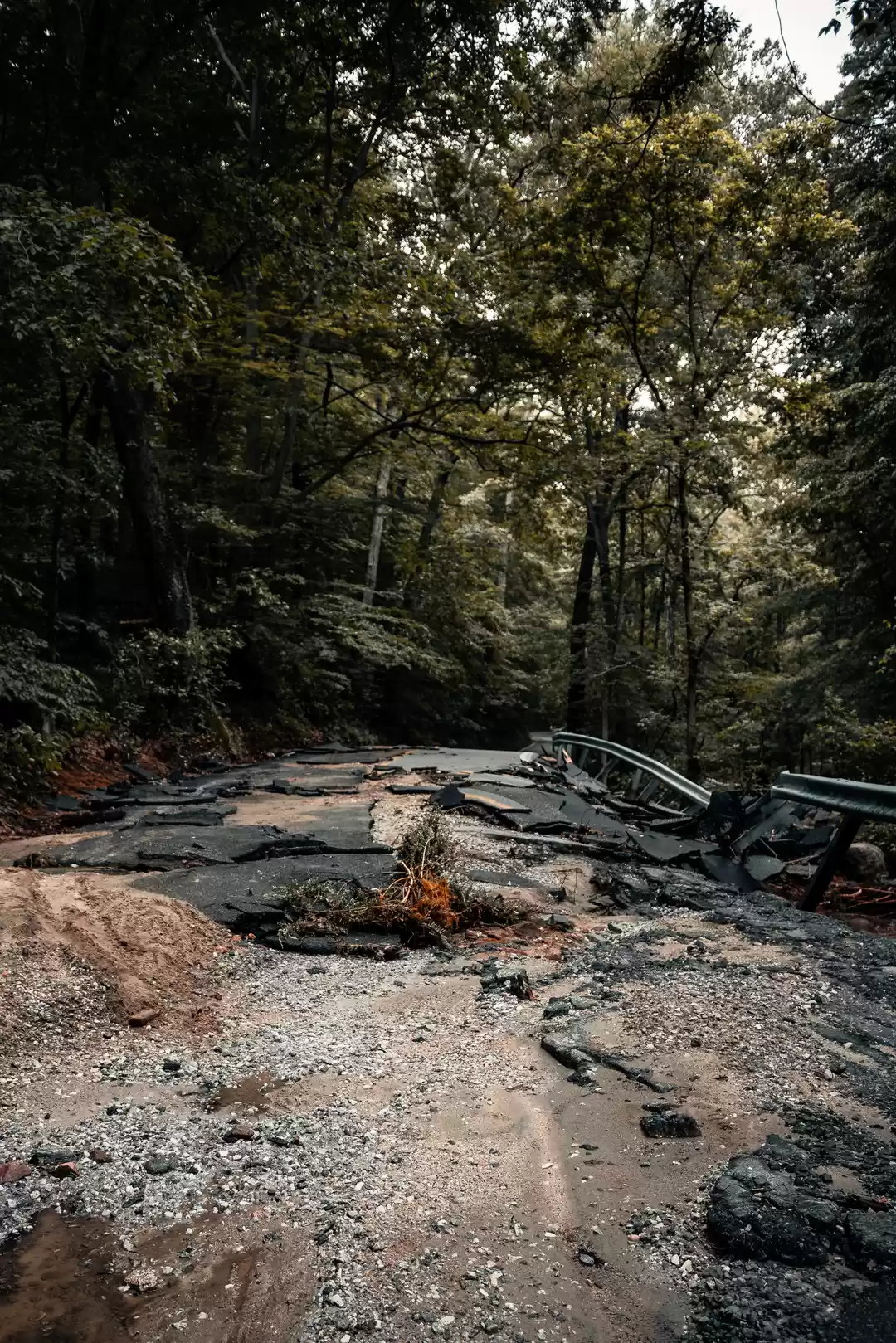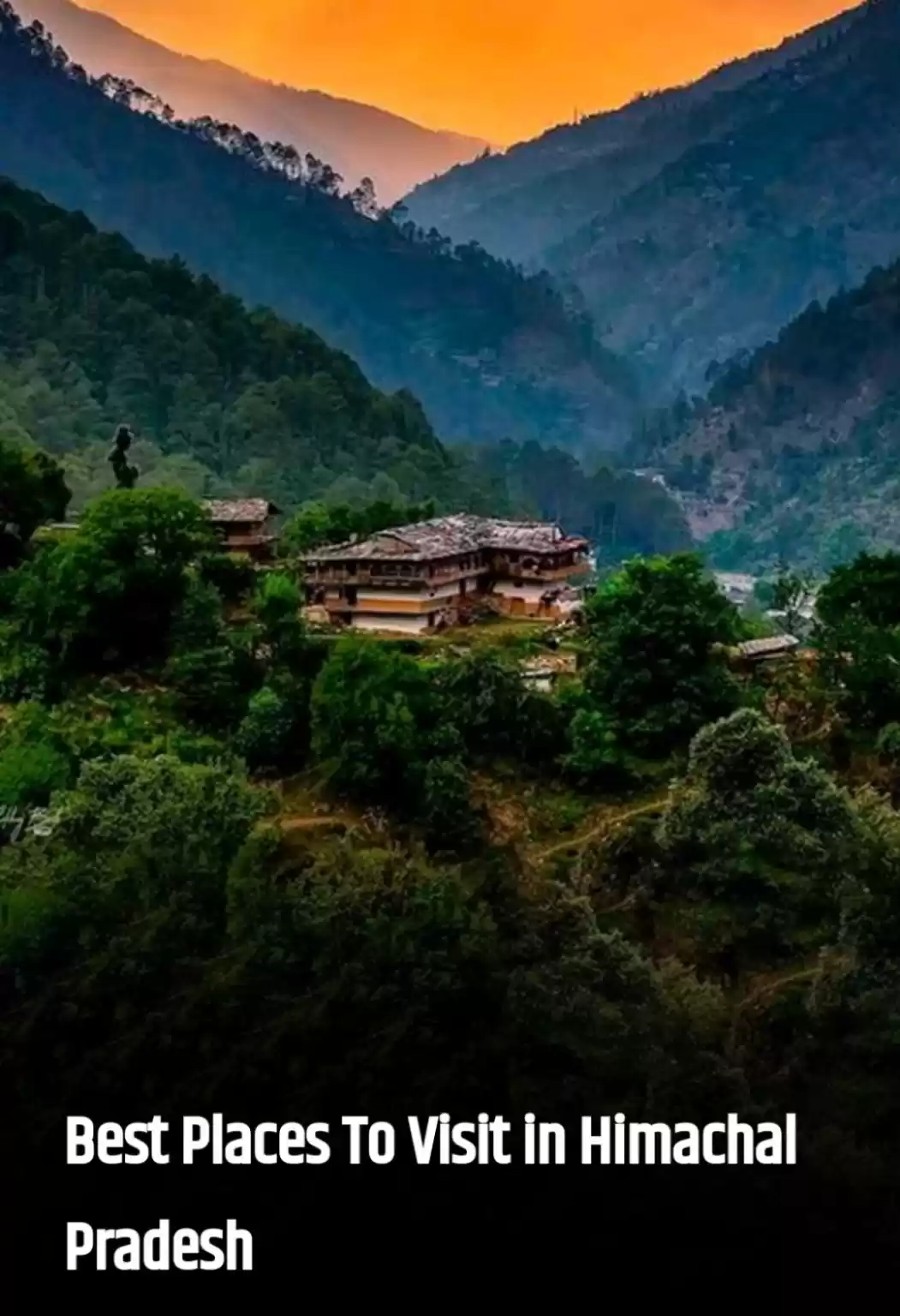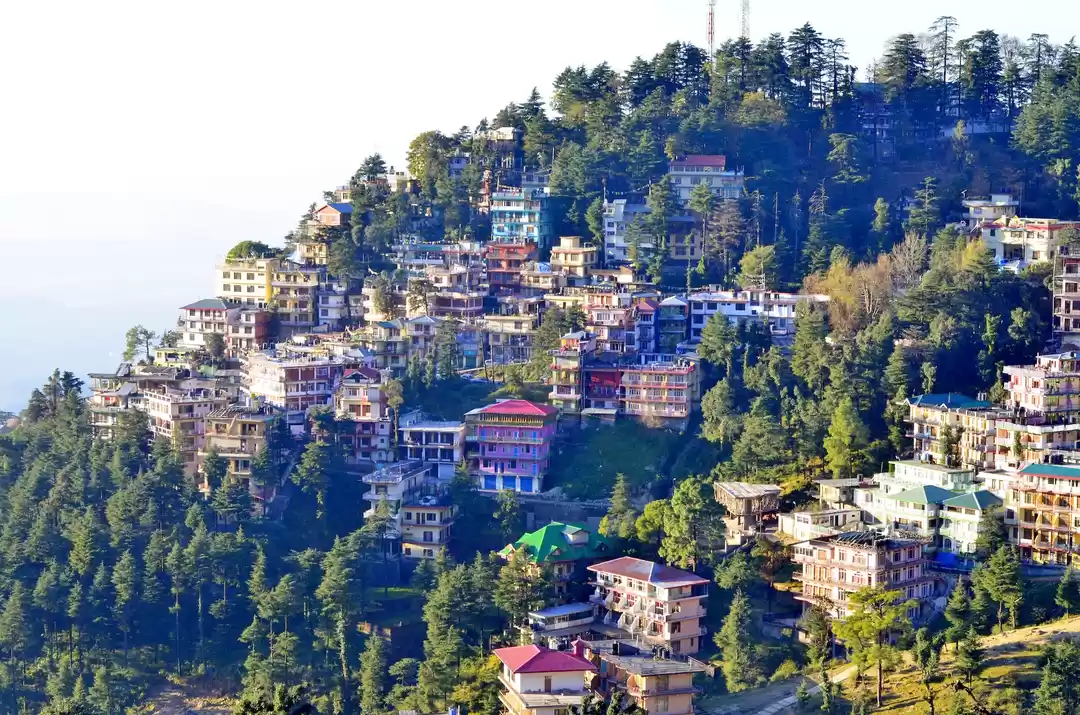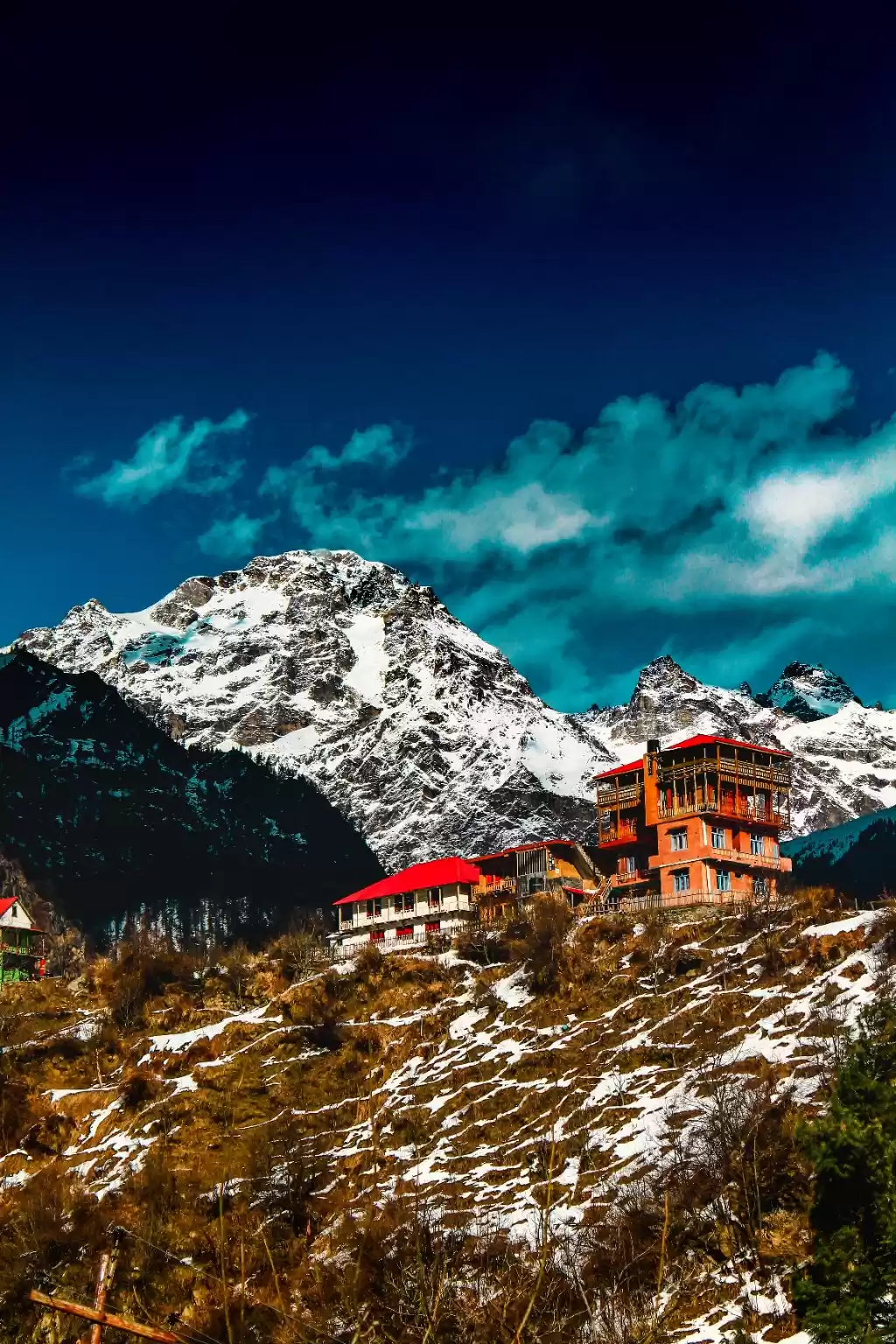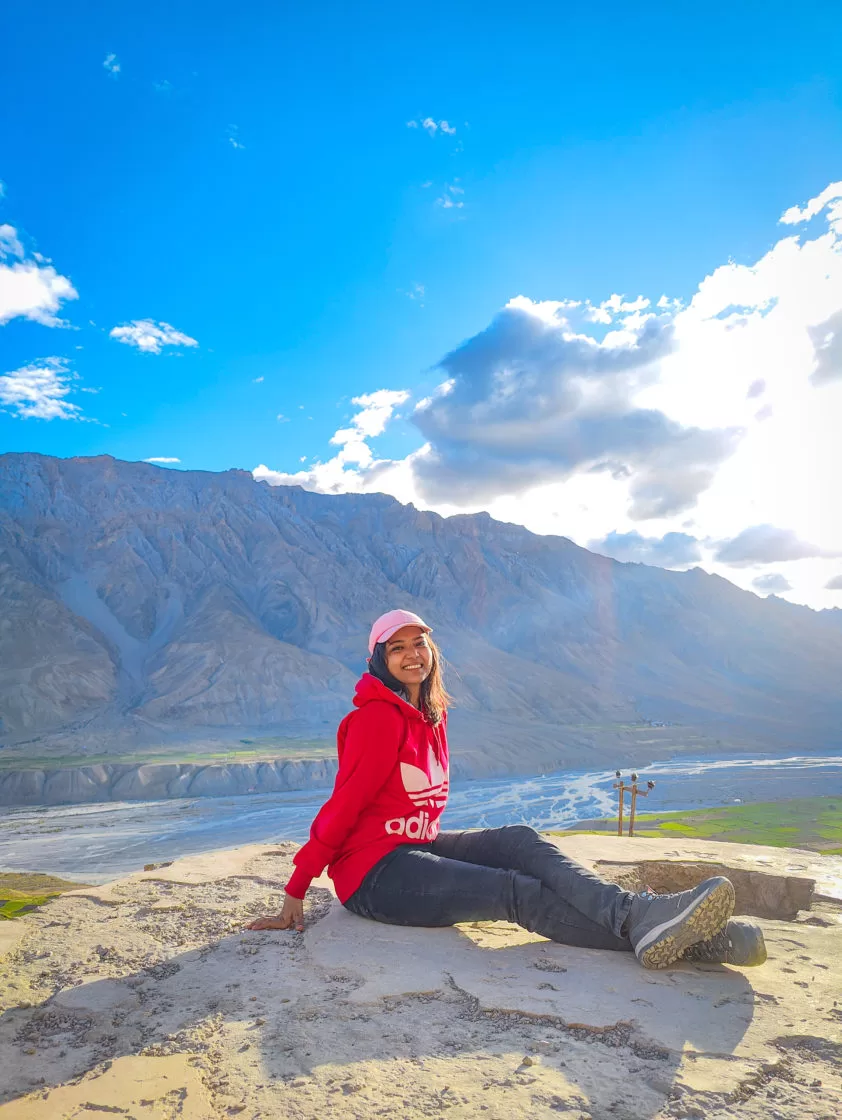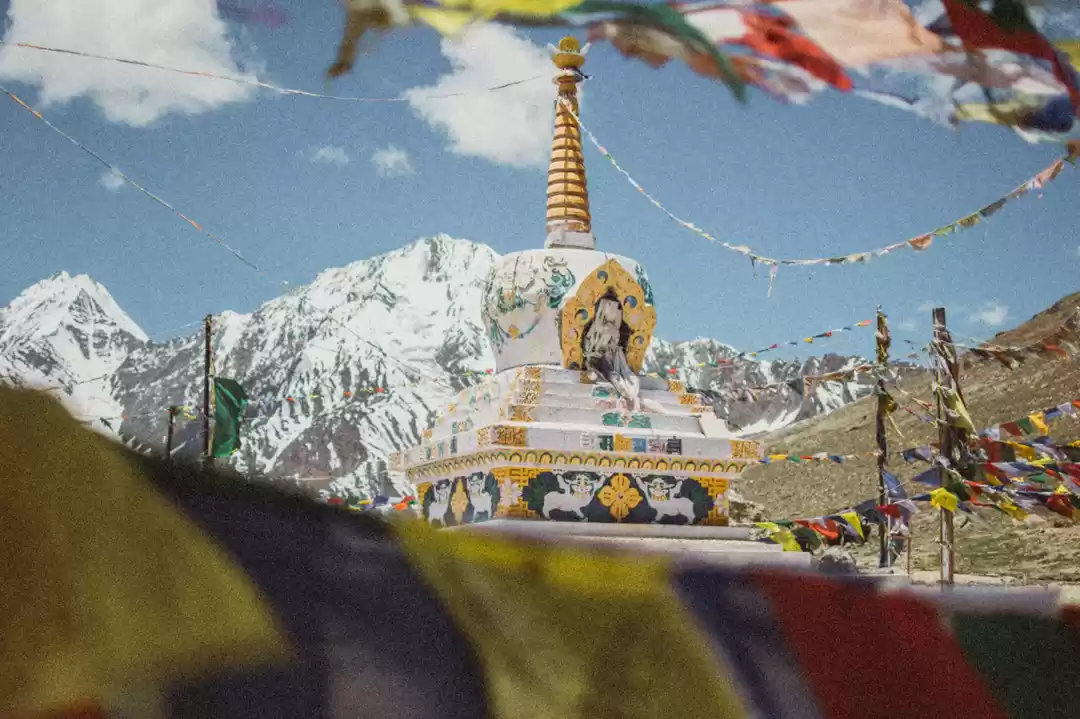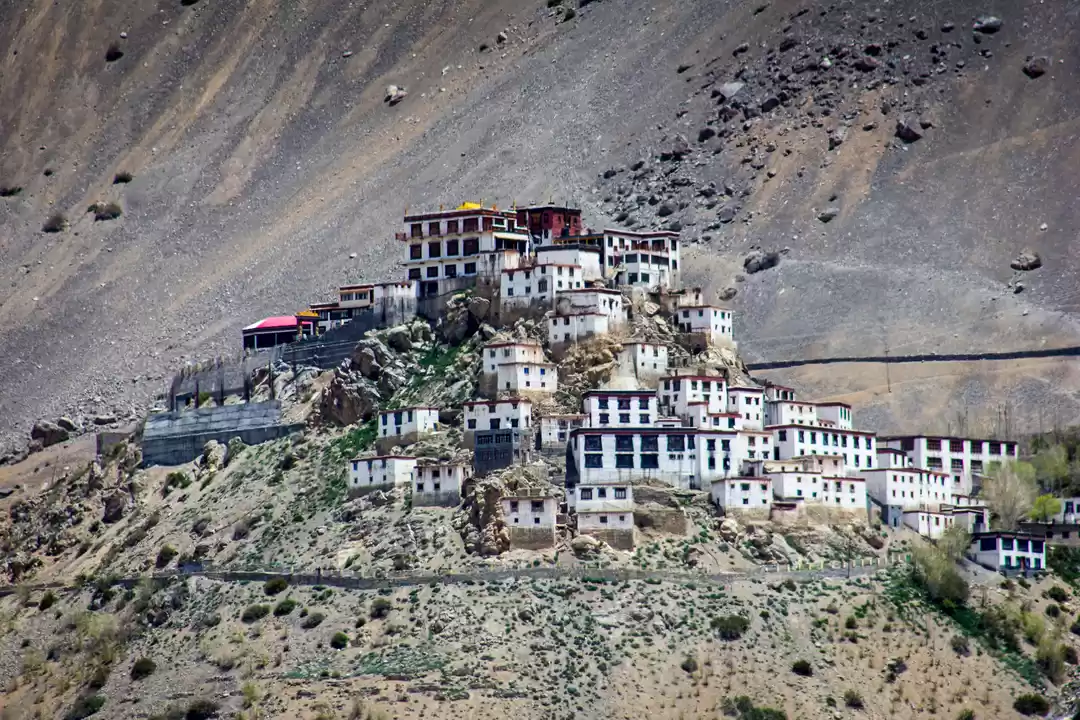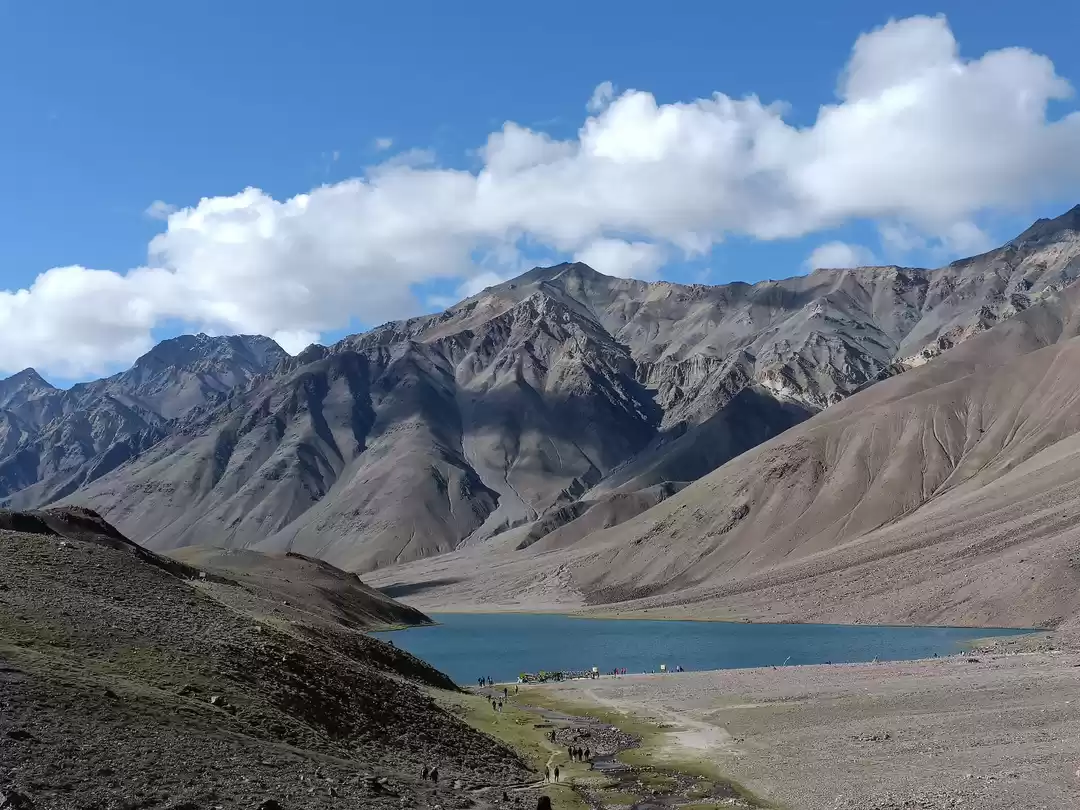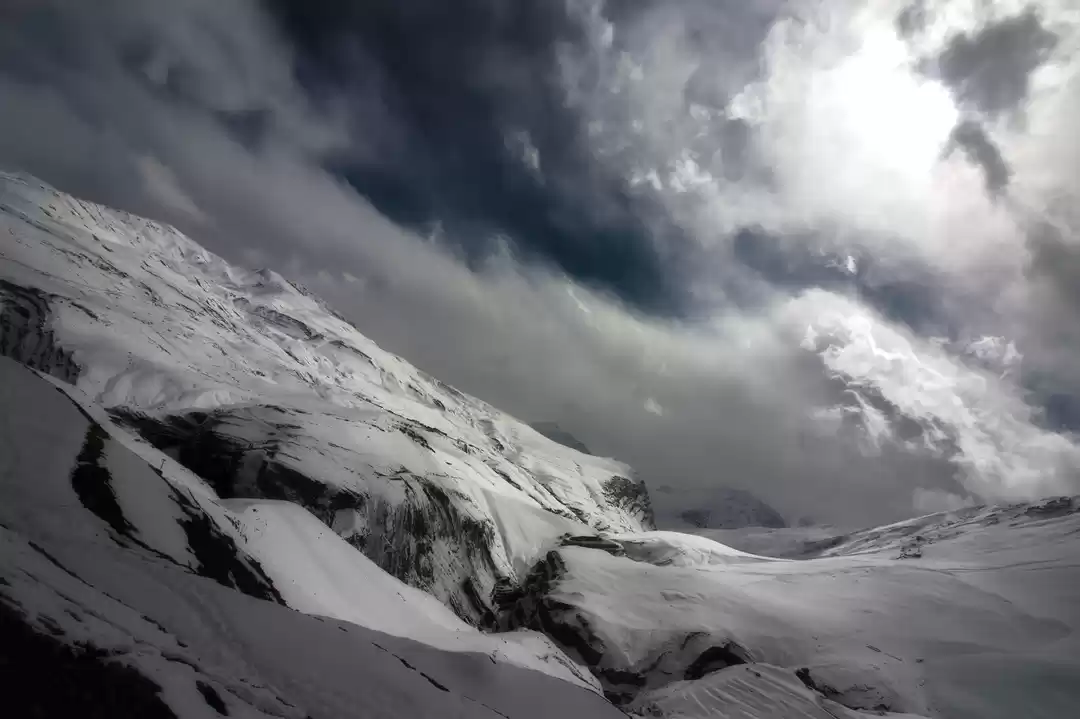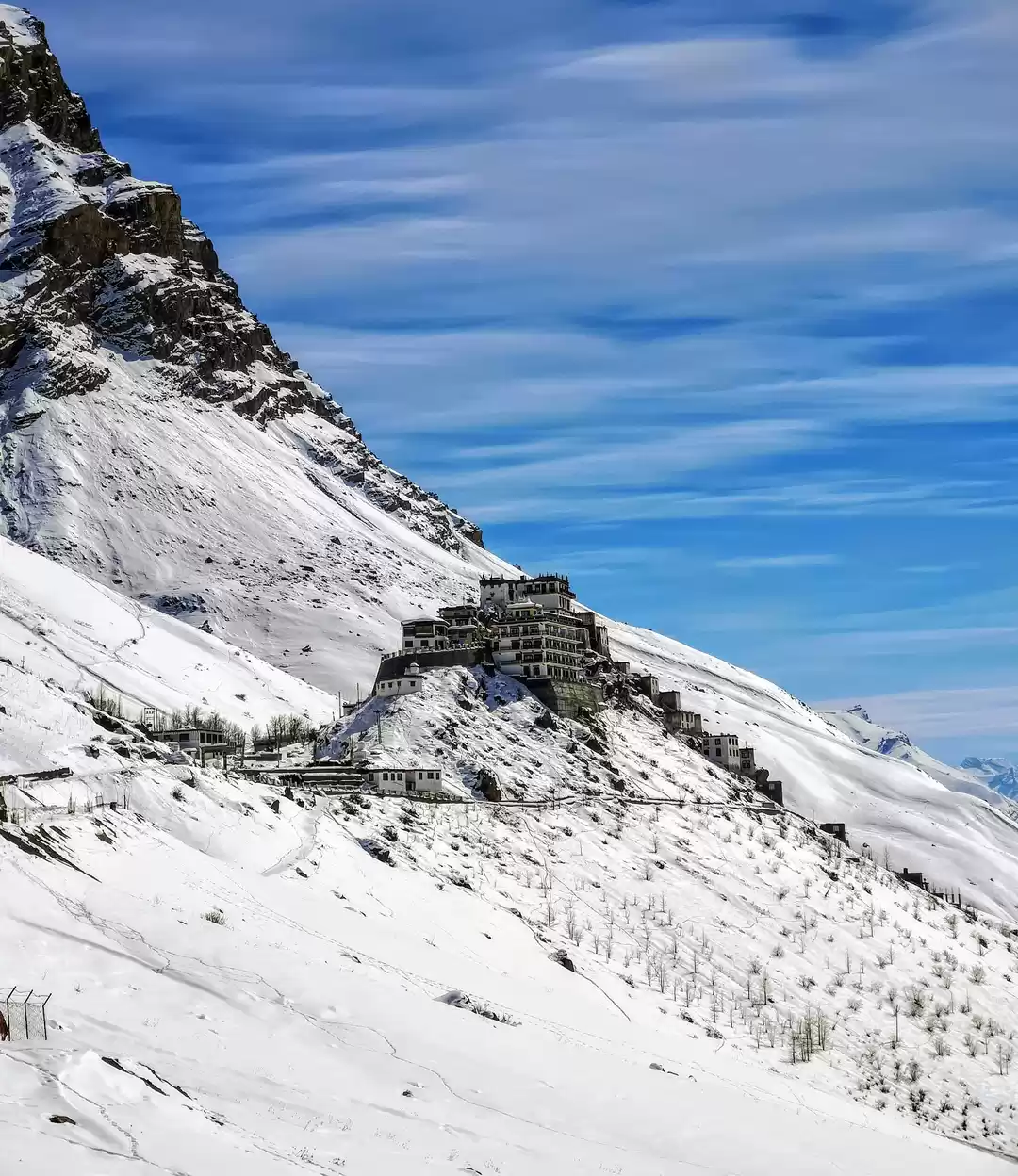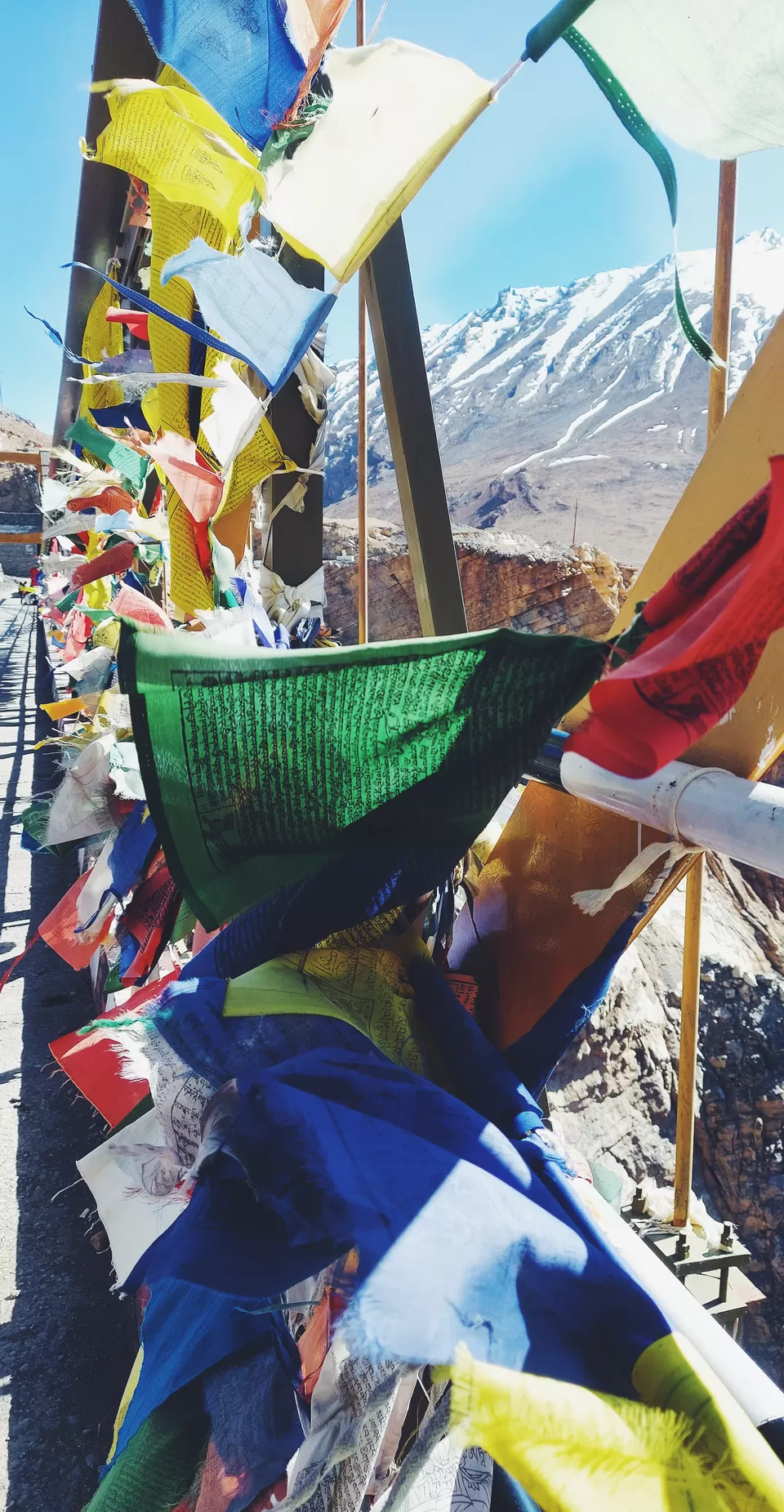
The land of beautiful gorges and snow capped mountains. The place with piercing cold air and some of the friendliest people I've met! Spiti comes from a line of history that was never part of our history lessons.
We stayed in Kaza - the hub of Spiti's livelihood. Hotel Deyzor was a quaint little place with the friendliest hosts and the richest hub for information. Deyzor had a spacious room equipped with a traditional sitting area, a dining space, a study space, and even a little closet area.
The restaurant was our host's little museum - full of collections from his travels—artifacts, fossils; testimonials of his guests', and a bunch of lovely and huge Saint Bernards.
After a scrumptious brunch at Deyzor, we made our way to Chicham. The drive to Chicham took us an hour. Along the way, we passed some ravenous gorges and fields.
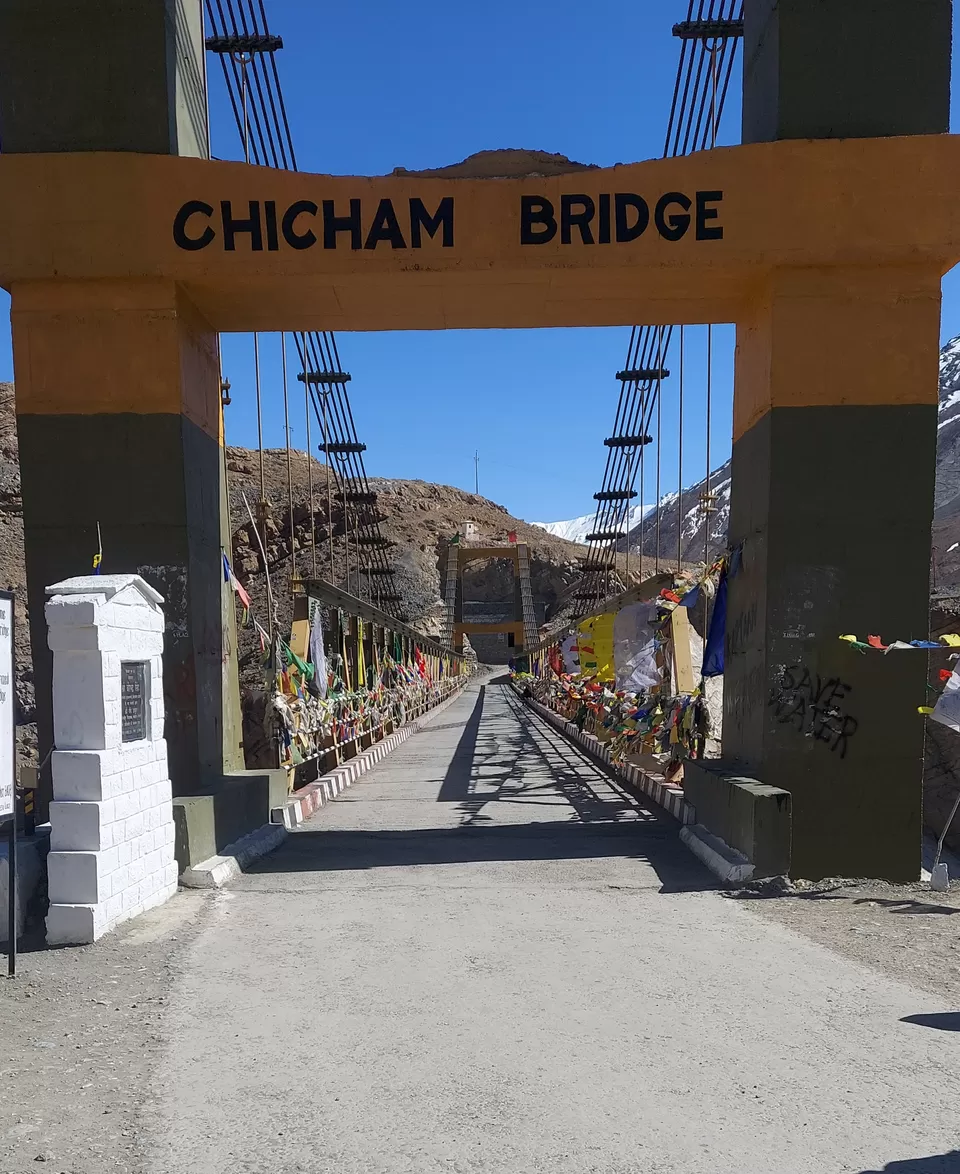
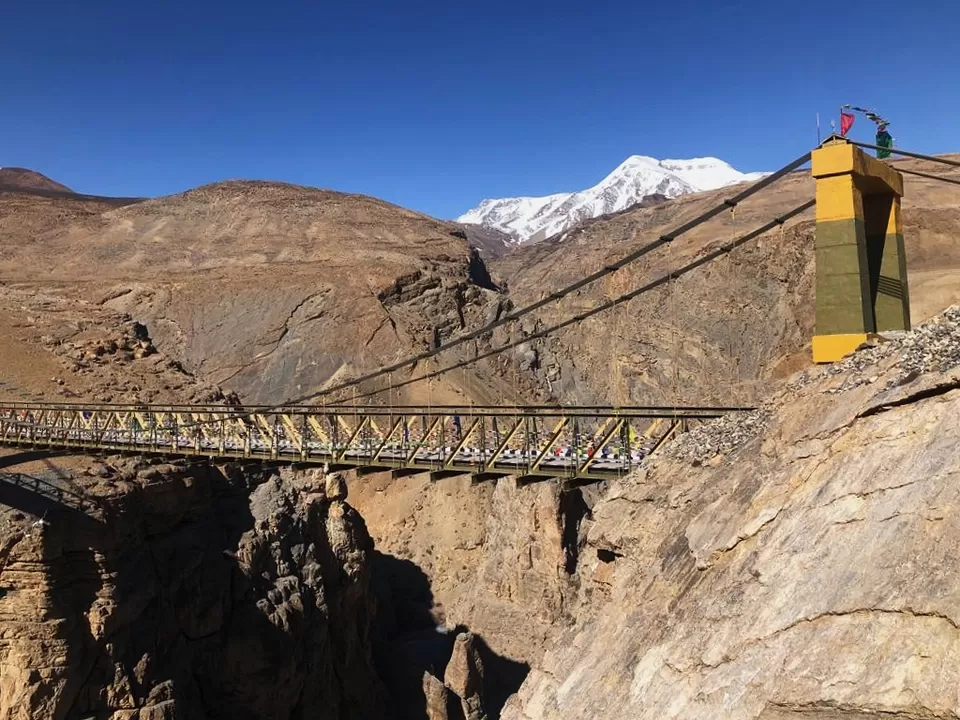
The bridge that boasts to be Asia's highest connects Kibber and Chicham - two hamlets in Spiti. Inaugurated in 2017, it took 25 years to build this beauty!
Prior to constructing this bridge, there was a rope way that was used where locals would Winch themselves across (sit in a little box and ripple across the gorge). I really couldn't imagine putting myself in that situation over this gorge! Sheeeesh!

The bridge is now insta-famous owing to the numerous prayer flags that its decorated with. It's also flanked by various food trucks where one can munch away and sip on some seabuckthorn tea which is a local delicacy.
After stopping along various points on the way back and admiring the gorgeous views that the mountains had to offer, we made our way to the humble dwellings of the monks and one of Spiti's oldest monasteries - Kee.
Located in a little village that it takes its name from. Kee was built a 1000 years ago but has been resilient in the face of invasions and natural calamities. It has resisted attacks from the Mongols, the war between Kullu and Ladhakh, a fire, and an earthquake. It was restored, and in 2000, it celebrated a millennium of its existence.
Kee is built in the Pasada style, which is a fort style monastery. The assembly hall is open to tourists and has various paintings that tell stories of Buddha, but the monastery doesn't allow for photos to be taken inside.
Outside of the monastery, a little trek on the hill offers us a breathtaking view of the Himalayan range and the monastery against it. While none of these places have an entry fee, hiring a vehicle to go to these places do incur a cost.
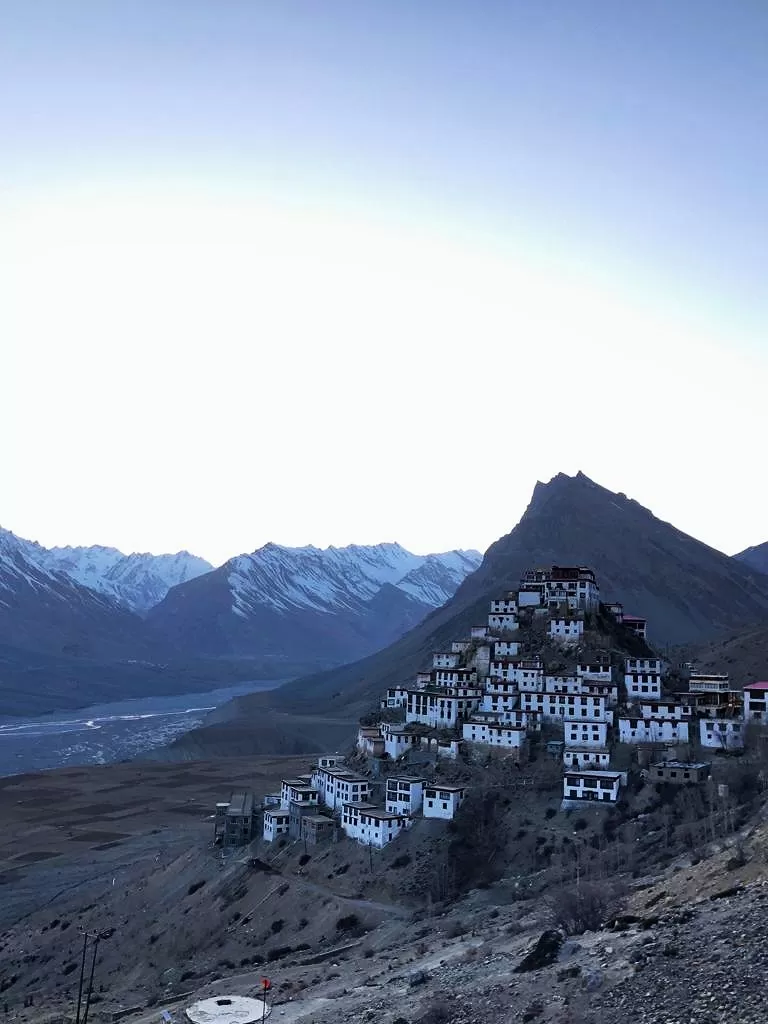

Click to read part 2! - PS - It's about a lake you definitely want to see!





